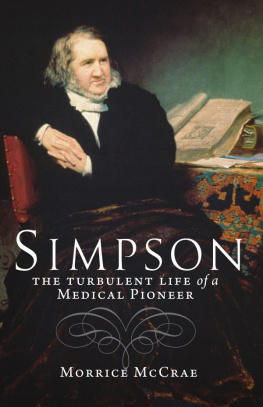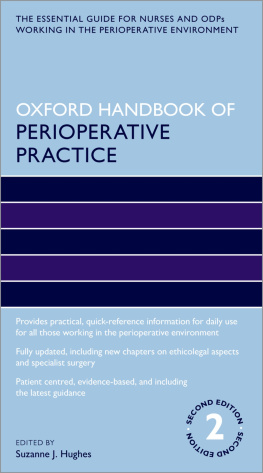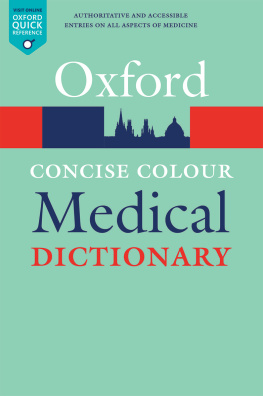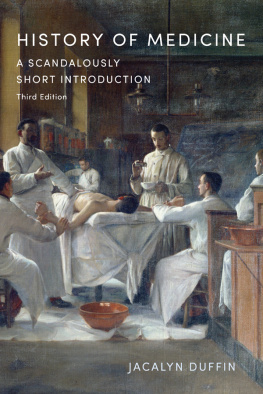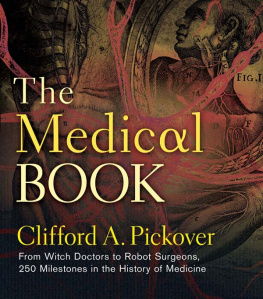Morrice McCrae has been House Physician and House Surgeon at the Glasgow Royal Infirmary, Hall Fellow at Glasgow University and Consultant Physician at the Royal Hospital for Sick Children, Edinburgh. He is a Fellow of the Royal Colleges of Physicians of Edinburgh and of Glasgow, and College Historian of the Royal College of Physicians of Edinburgh. He is the author of The National Health Service in Scotland: Origins and Ideals (2003), The New Club: A History (2004) and Physicians and Society (2008).
SIMPSON
The Turbulent Life of a Medical Pioneer
Morrice McCrae

This edition published in 2011 by
Birlinn Ltd
West Newington House
10 Newington Road
Edinburgh
EH9 1QS
www.birlinn.co.uk
First published in 2010 by
John Donald, Edinburgh
ISBN 978 1 78027 025 8
eBook ISBN 978 0 85790 062 3
Copyright Morrice McCrae 2010
The right of Morrice McCrae to be identified as the author of this work has been asserted by him in accordance with the Copyright, Designs and Patents Act, 1988
All rights reserved. No part of this publication may be reproduced, stored, or transmitted in any form, or by any means, electronic, mechanical or photocopying, recording or otherwise, without the express written permission of the publisher.
British Library Cataloguing-in-Publication Data
A catalogue record for this book is available on request from the British Library
Typeset in Garamond by
Koinonia, Manchester
Printed and bound in Britain by
CPI Cox & Wyman
Introduction and Acknowledgements
Some men are born great, some achieve greatness, some have greatness thrust upon them.
Shakespeare
On 4 November 1847, James Young Simpson raised a tumbler containing liquid chloroform to his nose, took a deep breath and immediately became unconscious. When he recovered a few minutes later he knew that he had found the general anaesthetic that he had been searching for. Other anaesthetics had been tried but none was so instantly effective, so pleasant to inhale or so convenient to administer. The discovery of chloroform was one of the great moments in the history of medicine. It was cheap and easy to produce. It could be made immediately available everywhere and patients everywhere could be relieved of the appalling agonies of surgery. Surgery itself was transformed, no longer restricted to operative procedures that could be completed within the brief limits of the patients ability to withstand pain.
Chloroform was the most famous, and is now the best remembered, of Simpsons many great achievements. He was an outstanding clinician but he devoted the greater part of his career to the advance of medicine and medical science. When he graduated there in 1832, Edinburgh University was the most prestigious and most advanced medical school in Britain. Yet even at Edinburgh, candidates for the degree of Doctor of Medicine, the degree that gave them licence to practise, were still examined on the works of Hippocrates and Galen, the authorities of Greek and Roman times. As students, they had been schooled in the ancient concept that good health required that the four body fluids or humours blood, phlegm, yellow bile and black bile should be in perfect balance. When ill, the balance of a patients humours could, in theory, be restored by opening a vein or applying leaches to bleed him; by administering a course of clysters (enemata); or by prescribing substances to make him vomit or to increase the volume of his sputum. To decide on which of these measures was appropriate, it was necessary only to listen carefully to the patients account of his symptoms, to examine his appearance and his behaviour, to feel his pulse and to inspect his excreta. Even the most successful physicians could not cure their patients; they could only encourage and support them and make their illnesses more bearable by the administration of opium, quinine or digitalis, the only efficacious drugs then available. And, when the illness passed, they could advise their patients on the regime of diet and exercise that would best aid their recovery. For the best part of two centuries discoveries in anatomy, physiology and pathology had been slowly undermining the ancient Hippocratic concept of disease but no new comprehensive model had yet been put in its place. And the advances in anatomy, physiology and pathology had brought little change in the treatment of the sick.
Simpsons earliest ambition was to make his mark in the reform and advancement of medical practice. But to have the necessary authority and influence he saw it as essential that he should first achieve the status of a professorship at Edinburgh University, and that presented him with great difficulties. When he graduated from Edinburgh at the age of twenty-one, the long years of war with Revolutionary France were over but the principles that had inspired that revolution in 1789 were still alive and fears that the same revolutionary movement might spread to Britain still lingered on. The government in Westminster, and the corrupt establishment that it had created to secure the loyalty of every major institution and the holder of every public office in Britain during the dangerous and disturbed years of the war, still saw every movement for change as a threat to the peace and stability of the nation. In 1832, that reactionary and uneasily defensive establishment still held office in Britains universities and was in very firm control at Edinburgh University. As a student Simpson had taken no active part in politics, but he had associated freely with known radicals and had been open in his sympathy with the principles that had motivated revolution in France. From the beginning of his career it was clear to Simpson that his ambitions could never be achieved without opposition, struggle and conflict.
This biography of Simpson is first the story of the part played by one man in leading medicine and surgery into the modern world. It is also the story of a boy who became a medical student at the age of fifteen and, without family or political influence, became a professor of medicine at the age of twenty-nine and the most celebrated physician in the western world before he was forty.
This account of his life is based largely on works written by Simpson, or written to him or about him by his contemporaries. These many texts are to be found in the collections held in the libraries of the Royal College of Physicians of Edinburgh, the Royal College of Surgeons of Edinburgh, the University of Edinburgh and the West Lothian Local History Library. I am therefore especially grateful for the encouragement and cheerfully efficient assistance that I have received over many months at these libraries from Iain Milne, Estella Dukan, Marianne Smith, Arnott Wilson and Sibyl Cavanagh. Malcolm Nicolson, Chris Short and Jennifer McCrae have very kindly read the text and have provided me with much very helpful and constructive criticism. Alexander Fenton, Iain Donaldson, Gordon Thomson, Tom Smith, Hilary Pearson, Robert Simpson and Michael Barfoot have all responded readily to appeals for their expert advice and assistance on points of particular difficulty. I offer my special thanks to Iain Milne who has marshalled, edited and presented the illustrations. I also wish to thank the Scottish Society of the History of Medicine for its support. To all those who have helped in the writing and production of this biography I am deeply grateful.
A Note on Sources
The source of James Young Simpsons correspondence, as referred to throughout the text, is either J. Duns, Memoir of Sir James Young Simpson, Bart.,
Next page
